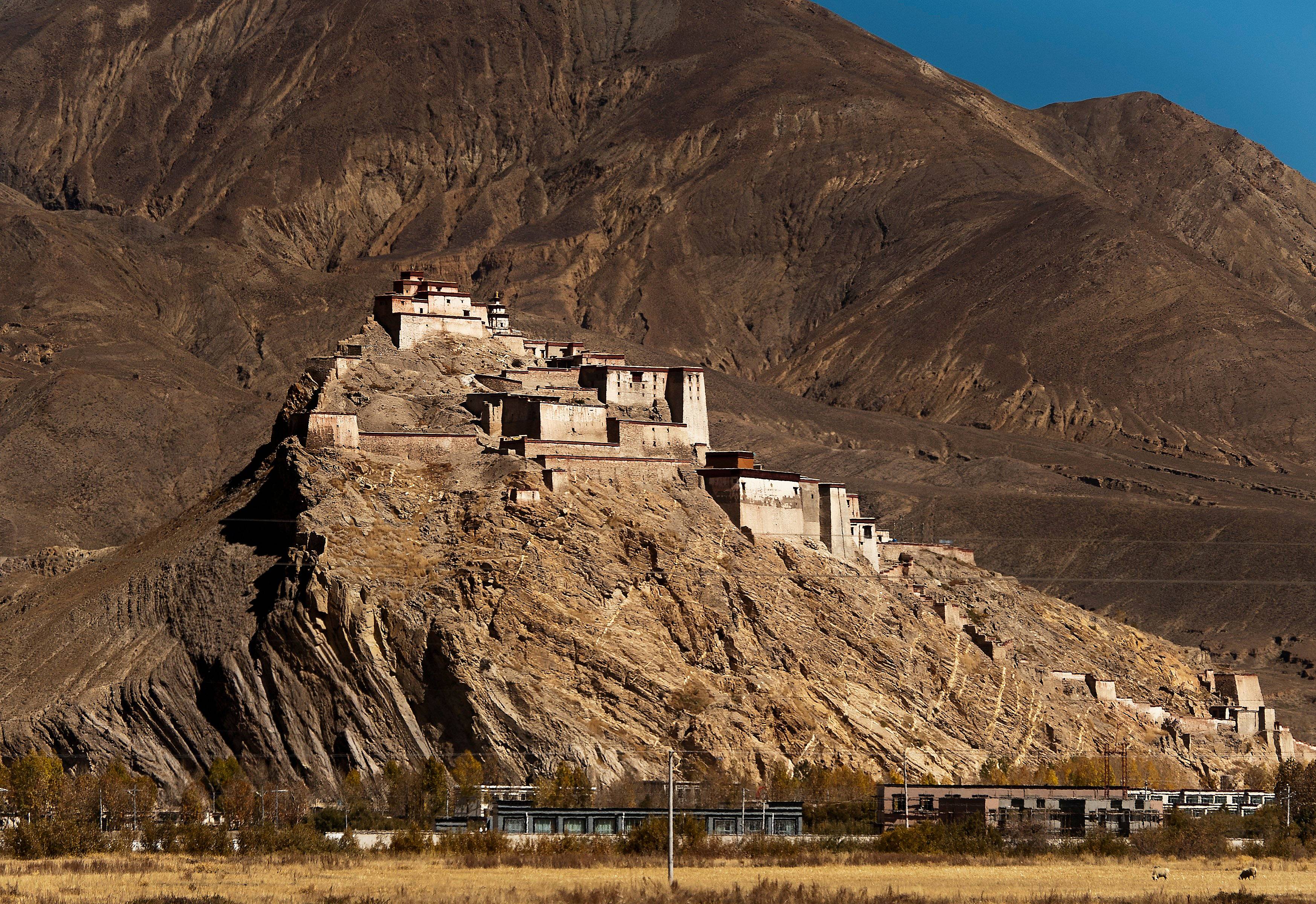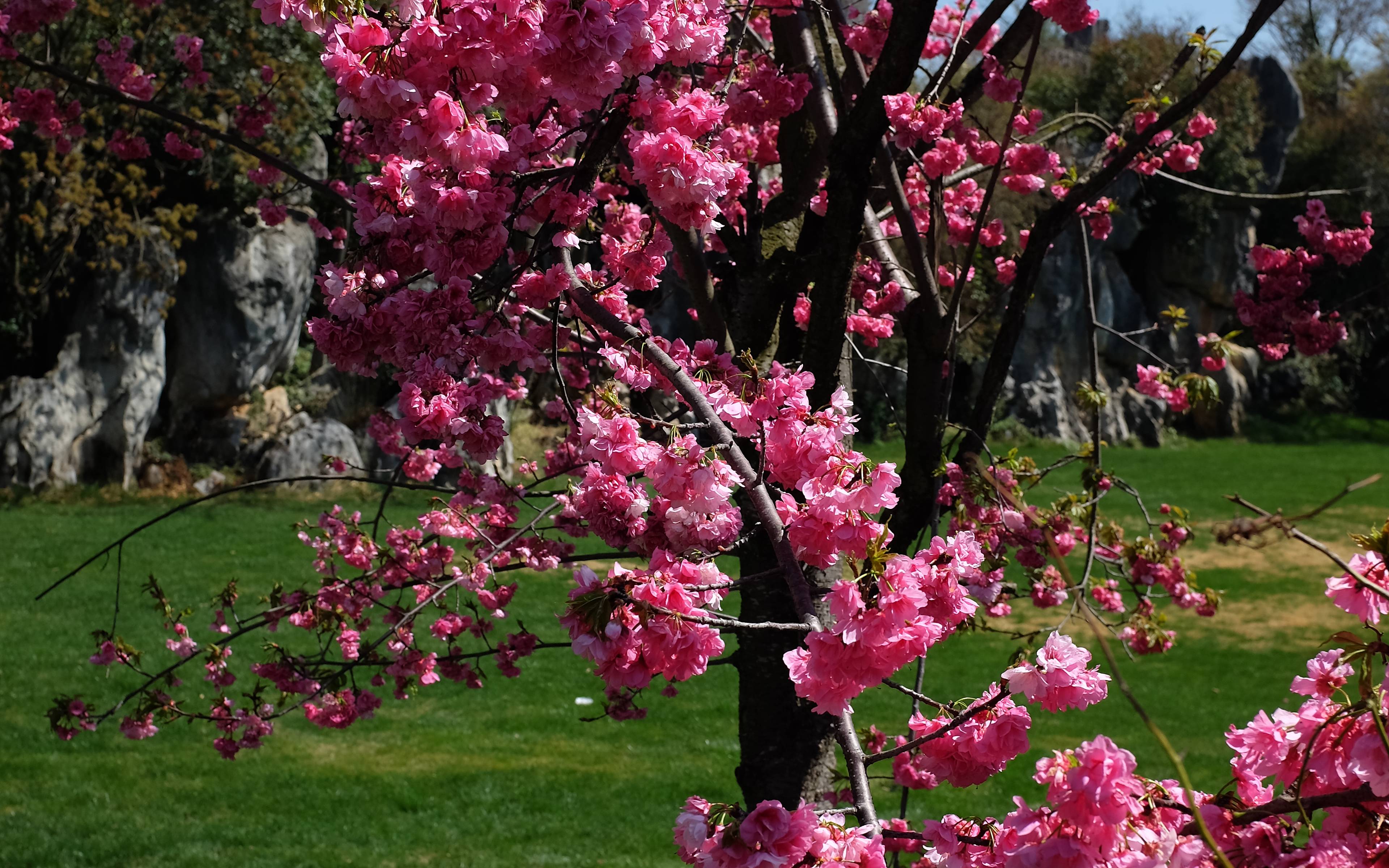
Chongqing Vacations
Chongqing: What to see nearby?
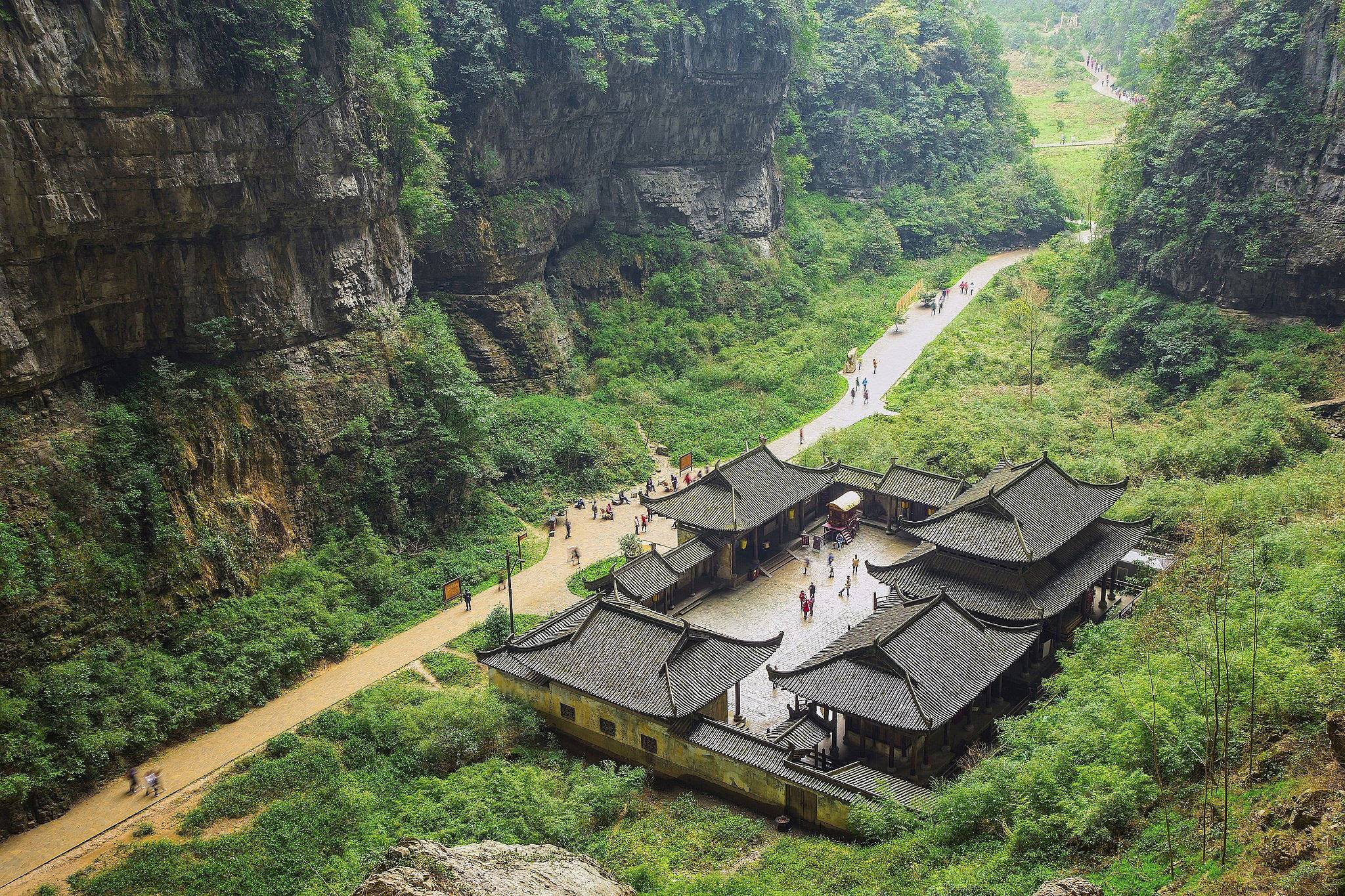

Chongqing, which lies bordered by mountains at the point where the Yangtze and one of its main tributaries, the Jialing, meet, has long been referred to as the "mountain city", and today, with a population of more than 30 million (is that all!), it is the largest and most populous of China's four direct-controlled municipalities : Chongqing, Shanghai, Beijing and Tianjin. Both a large river port and a major industrial and commercial center, the municipality has one of the strongest growing economies and fastest growing populations in the country.
Chongqing is distinguished from all other Chinese towns and cities by its unique topography characterized by steep, craggy hills. Though sprawling and disproportionately large, it nevertheless has some interesting cultural sites and remnants of its past to offer, especially in the central urban area, which is built on a peninsular formed by the two rivers.
Chongqing also serves as the departure point for the spectacular Three Gorges cruise, which sails down the Yangtze River as far as Yichang, passing through the Qutang, Wu et Xiling gorges then the gigantic Three Gorges Dam along the way.
China: our articles for your vacations
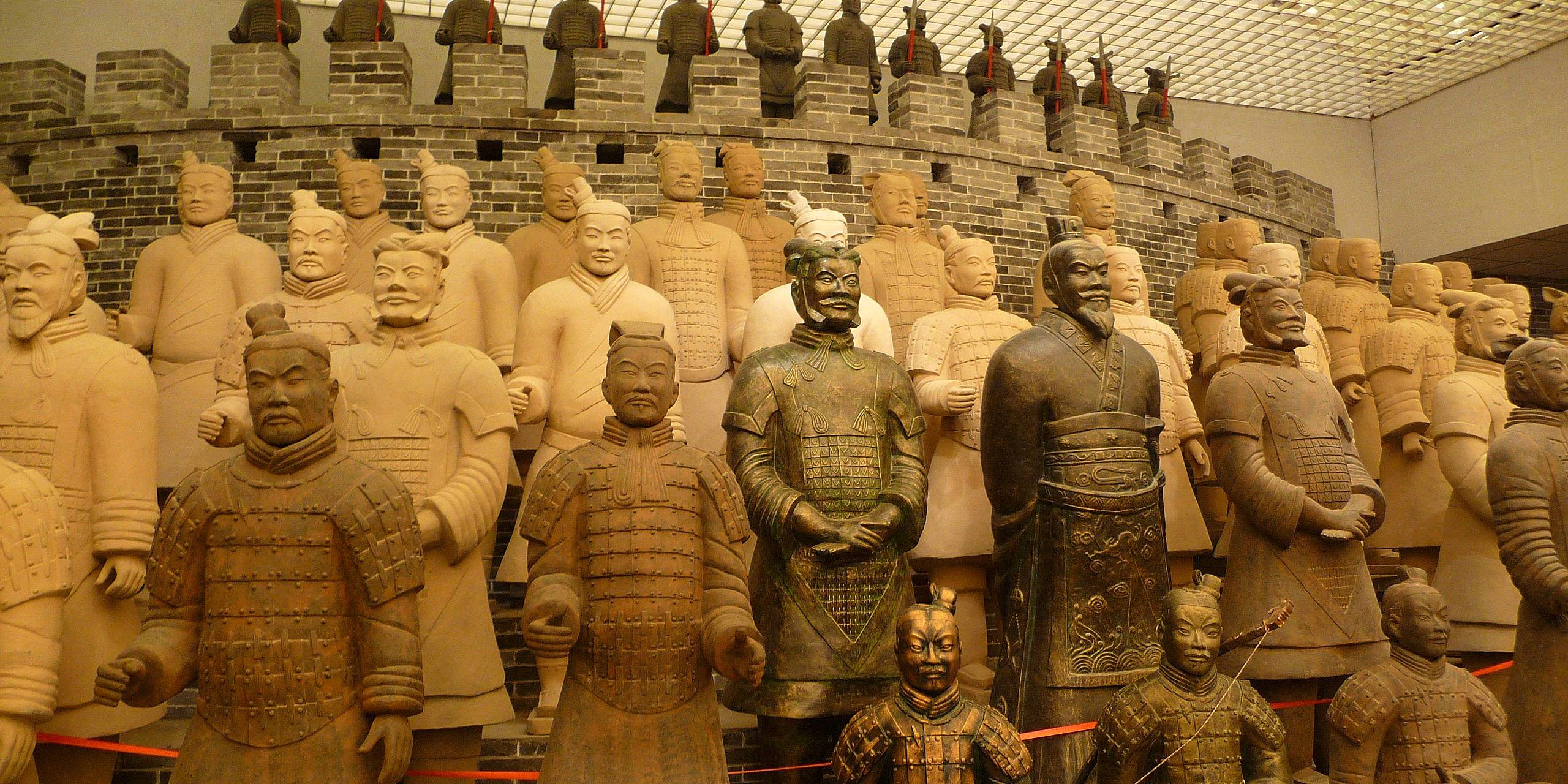
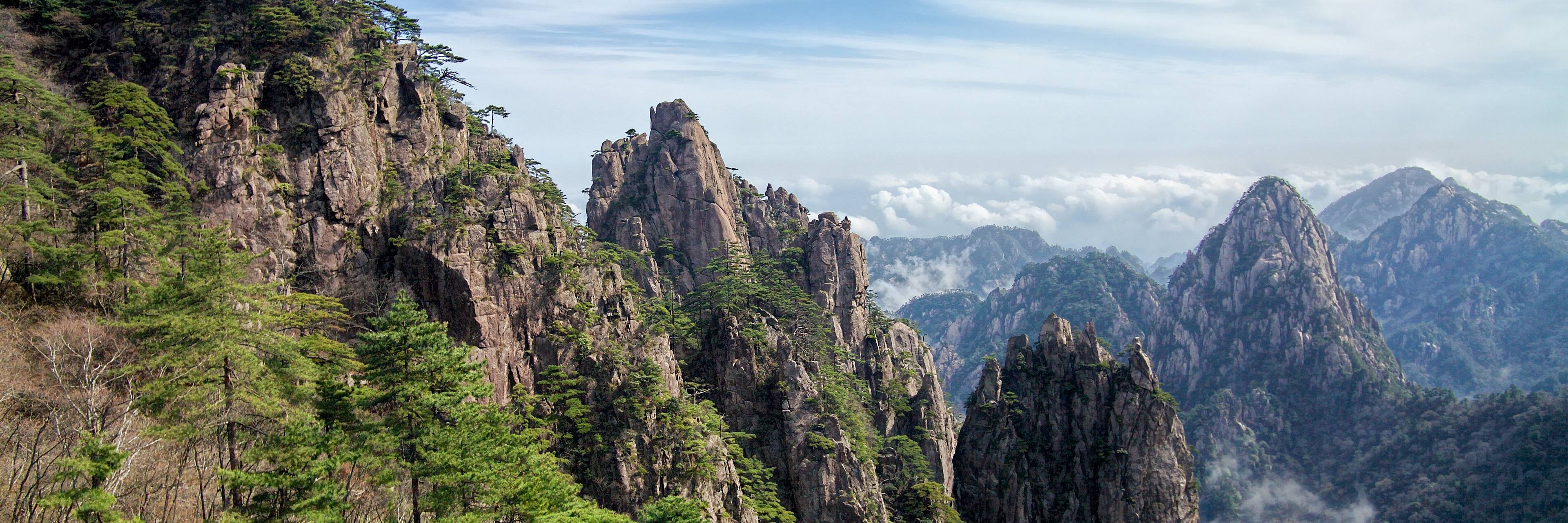
China presents such a variety of landscapes that I'd find it difficult to talk about the different aspects of its geography. With over 5,000 kilometers separating its borders, there are a number of different environments for its inhabitants to experience without leaving the country. In the east, there are mainly fertile plains, mountains, and the coast. In the west, rolling plateaux, mountains, deserts and steppes.
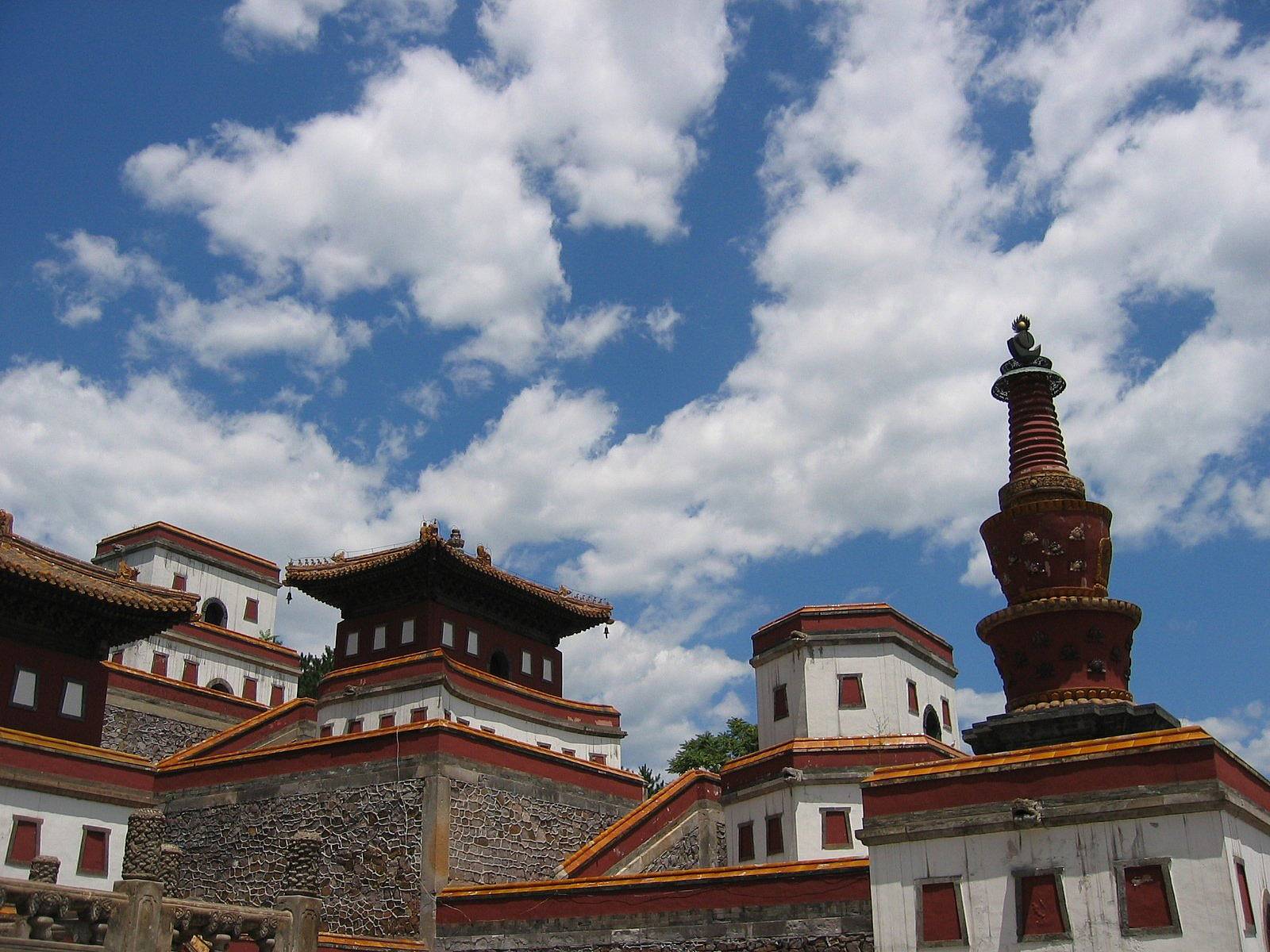
Truly an embodiment of their era, temples show us the customs of the populace over the centuries and enable us to understand how society was organized, what people believed, and how they lived.
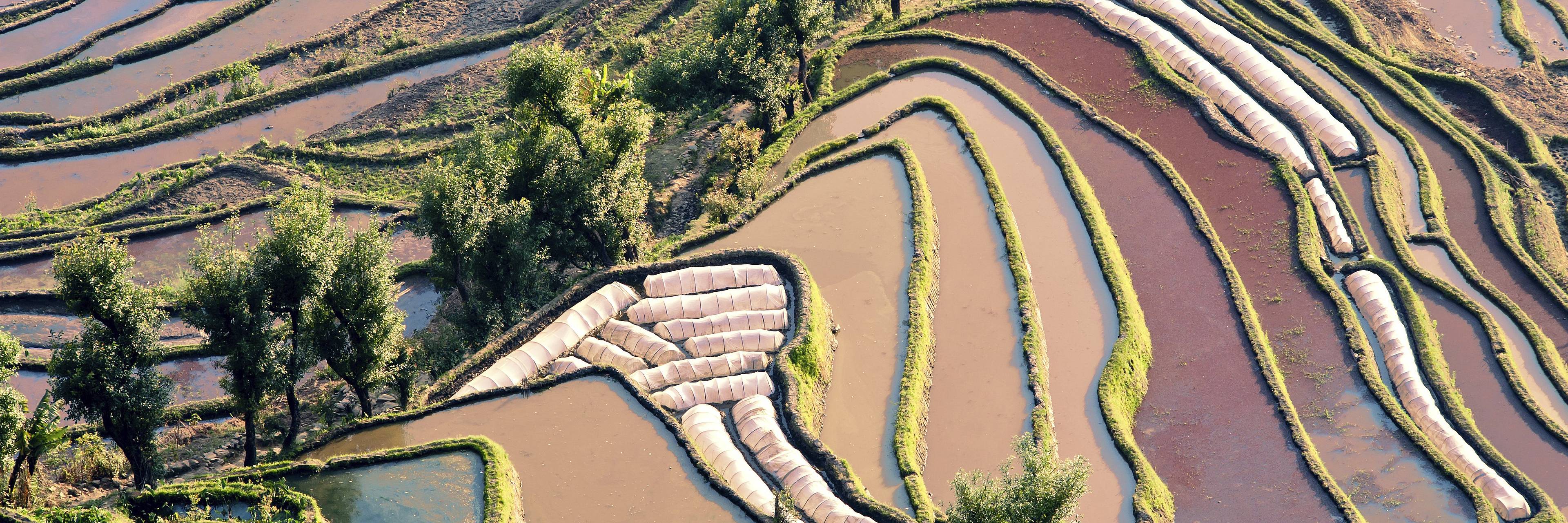
- Who are we?
- Legal Notices
- Terms & Conditions
- Privacy Policy
- Site Map
- Magazine
- Partnerships
- Press & Media
- Help Center
- Careers
- Become a local agent partner
© Evaneos
